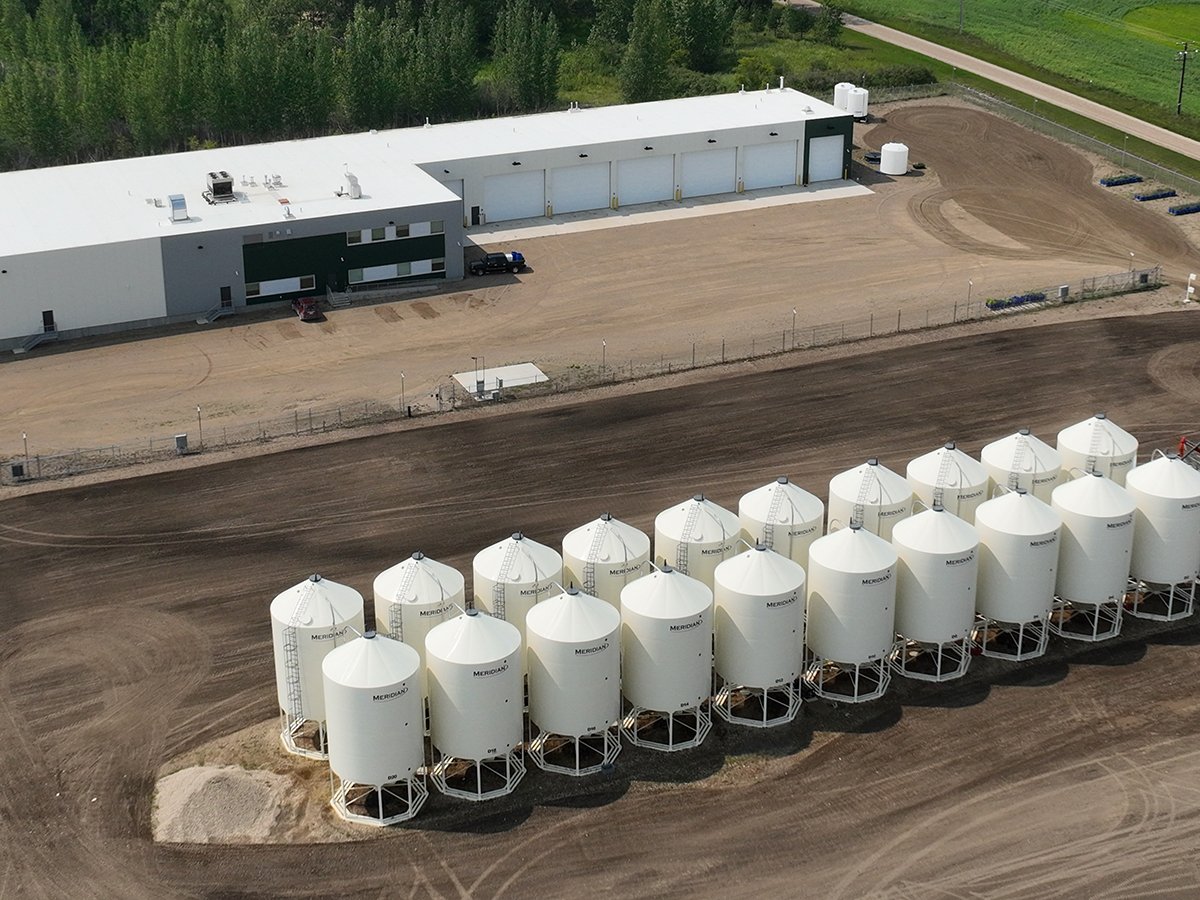Vancouver is known for its traffic jams, and not just for automobiles.
The west coast port is also subject to railway traffic jams, especially with growing demand for movement of
intermodal traffic and commodities such as coal, potash, sulfur and grain.
Those tie-ups and delays could disappear as a result of a new operating agreement between Canada’s two national railways, designed to provide for more efficient movement of rail cars to export terminals.
Under the agreement, beginning in March all trains destined for the north shore of Vancouver’s Burrard Inlet will travel on Canadian National Railway track and be under the direction of a CN crew.
Read Also

Saskatchewan firm aims to fix soil with compost pellets
In his business, Humaterra, Leon Pratchler is helping farmers maximize yields in the weakest areas of their fields through the use of a compost pellet.
All trains destined for the south shore will travel over Canadian Pacific Railway track and be handled by a CPR crew.
Those arrangements will be in effect from just west of Kamloops to the Vancouver waterfront.
Previously, they were in effect only to Boston Bar, about 200 km east of Vancouver.
“We think this will improve the flow of freight to and from the port,” said CN spokesperson Jim Feeny.
“Where you’ll really see the benefit, for the grain sector especially, is at the harbour in Vancouver because every time you hand off trains you’re introducing a delay.”
Len Cocolicchio of CPR said the existing system required constant switching in the Vancouver area, which resulted in a significant loss of efficiency.
“We’re great at getting the product almost all the way there, but then we’d run into those snags where we’d have to hand off the traffic to each other,” he said.
“This eliminates all that.”
The new operating plan was welcomed by grain industry officials.
“We’re certainly pleased,” said Fran Malecha, who is in charge of grain operations for Saskatchewan Wheat Pool.He added that problems have worsened in the last two years with increased freight movement in and out of the port in response to booming markets in Asia.
“We think it will improve rail operations in the Lower Mainland, where there is lots of congestion, and create efficiencies that should benefit everybody in the supply chain.”
The pool’s terminal is located on the north shore, adjacent to the James Richardson International facility. The two companies have proposed operating as a joint venture, a proposal Malecha said is motivated by the same concerns over efficiency that are behind the railway agreement.
Canadian Wheat Board spokesperson Maureen Fitzhenry said the new rail arrangements are a positive development that should benefit all shippers.
“Anything that will take the switching out of the port of Vancouver and have it done prior to arriving will streamline the system and provide more flexibility,” she said.
She said the grain industry, including the board, has been pushing for something like this for several years.
The new agreement represents an extension of an existing program under which the two railways instituted a 240 km “directional running zone” in the Fraser Canyon, under which all westbound traffic moved on CN lines and all eastbound traffic on CPR tracks.














